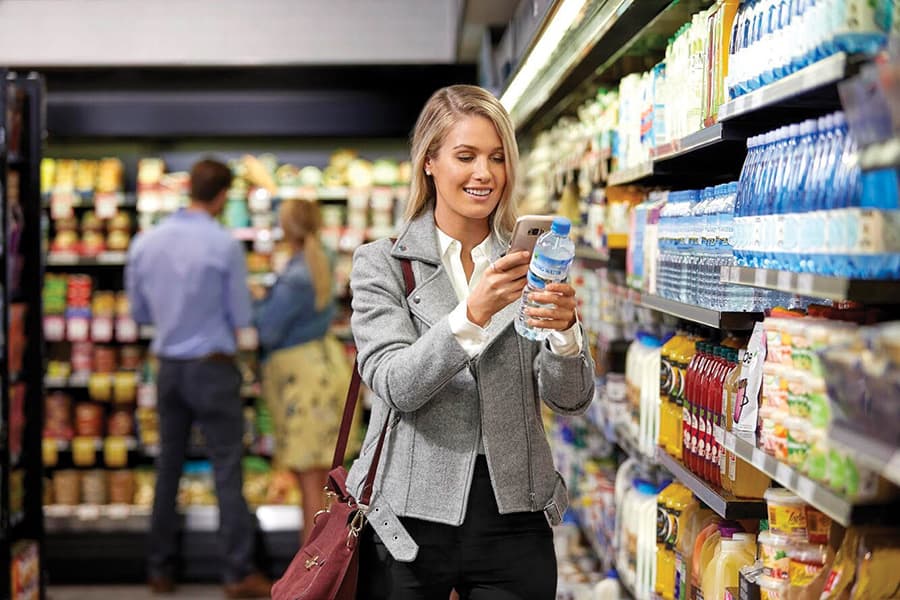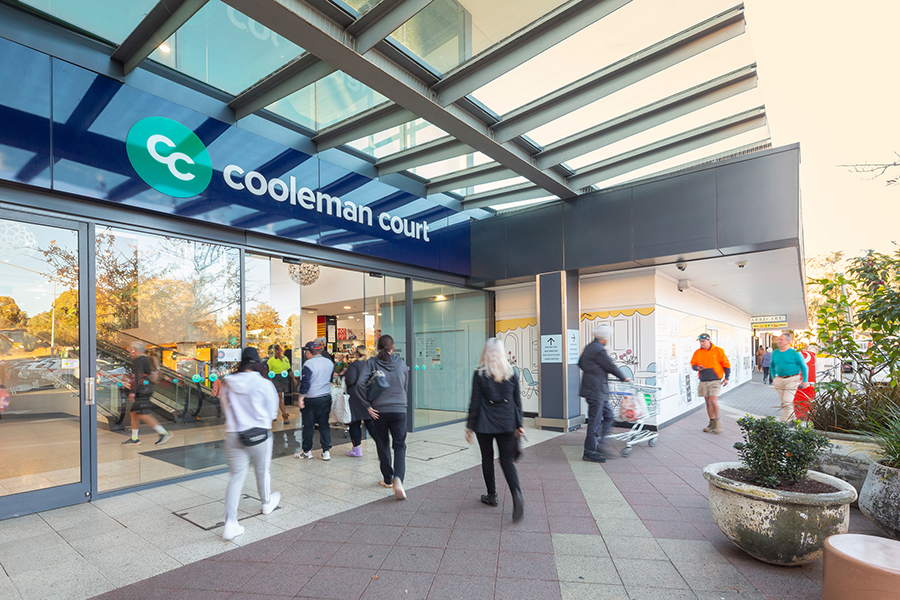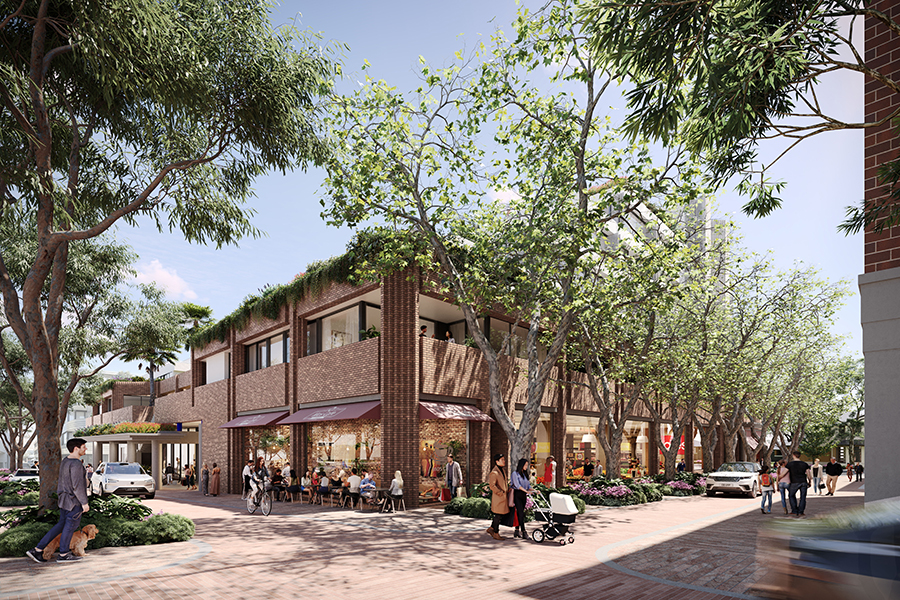In less than four months, the COVID-19 pandemic has turned Australia’s supply chain and business processes upside down. This comes as social distancing practices underpin an unprecedented shift towards online shopping – which has materially impacted retailers, but at what cost?
Bricks-and-mortar retail and Click & Collect: the profit margin saviour
While Australia is hit with the first wave of COVID-19, our retailers are dealing with an e-commerce crisis that no one saw coming. As trade shifts online, retailers without fast, robust and integrated business management systems are suffering. Many e-commerce channels cannot meet the current demand – meaning sales are lost and online profitability is low.
Fortunately, at this stage customers who normally fill shopping centres haven’t disappeared, they may be more conscious of their spending and trading down, but they’re still shopping.
While bricks-and-mortar retail remains the hero, Click & Collect sales are proving the profit margin saviour for retailers because it strips costs out of transactions, allowing for better stocking flexibility while landing footfall into bricks-and-mortar stores.
Although more profitable than home-delivery, Click & Collect can still result in higher labour costs to retailers associated with picking and packing. While convenient for the customer, the current model doesn’t recoup the additional labour costs that are required to fulfil these orders.
It was only at the last set of annual numbers that Coles Group and Woolworths Group declared their online operations to be profit margin accretive rather than profit margin dilutive, a factor institutional investors track closely as online sales consume physical sales.
The key factor in achieving that was the heavy augmentation of Click & Collect where customers increasingly pre-ordered staples and then ‘shopped the store’ for incidental discounts, fruit and vegetables and other discretionary products.
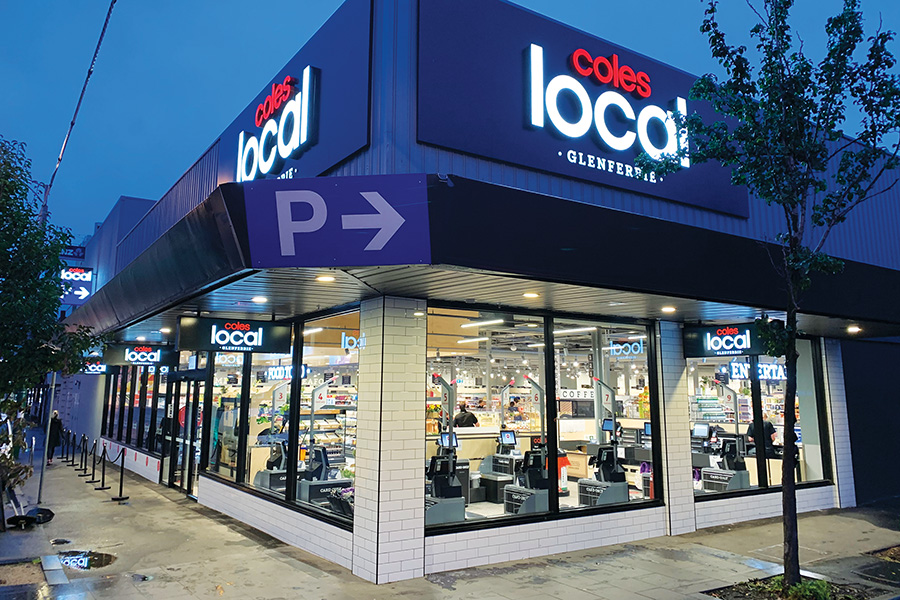
Understanding pure-play online vs bricks-and-mortar retail
• In general terms, pure-play online retailers aren’t as profitable as their bricks-and-mortar equivalents; however, it’s more complex than that; it depends on the tenant type, the method of fulfilment and the dynamics of the customer. Amazon took 14 years to turn a profit in the US and is still making a loss in Australia – and The Iconic, despite significant sales growth, is also yet to turn a profit.
• Increasing sales and volume online doesn’t always fractionalise the cost in the same way and therefore doesn’t increase profits proportionally as it does for bricks-and-mortar.
• Where a physical store can create significantly more profit with increasing revenue, an e-commerce retailer gains less as they’re often confronted with higher variable costs.
• The more customers that a pure-play online retailer captures, the more costs it has as its distribution expenditure is a larger proportion of the total costs than its bricks-and-mortar equivalent.
• While some online retailers like The Iconic have a business model built around fast shipping and free returns, this model can be a profit-killer for small businesses. The service may help increase revenue and customer satisfaction, but it may also negatively impact profit margins of online retailers. This is because there’s no such thing as free returns. It may be free for the customer, but retailers are paying for it both ways.
• Certain online categories experience a higher return rate than others. Apparel, for example, has a return rate of more than 30% online while in-store runs at 8-9%.
Digital competition
Digital competition between retailers has intensified sharply during the past few years; despite this, investors remain sceptical about whether tech-led improvements to cut costs and increase productivity can outpace the wider consumer trend to shop online – which can potentially shrink profit growth.
Amazon braced investors for loss
US e-commerce giant Amazon braced investors for a possible operating loss of as much as $2.4 billion this quarter – showing ‘stay-at-home’ behaviour doesn’t always translate to larger profits for pure-play online retailers.
Sales rose 26% on the previous quarter – but rapidly declining consumer confidence combined with the cost of meeting the extra demand means that the increased revenue is not necessarily translating into increased profits. Extra staff, social distancing and thermal cameras to detect sickness in workers boosted the company’s expenses by 30% in the past quarter.
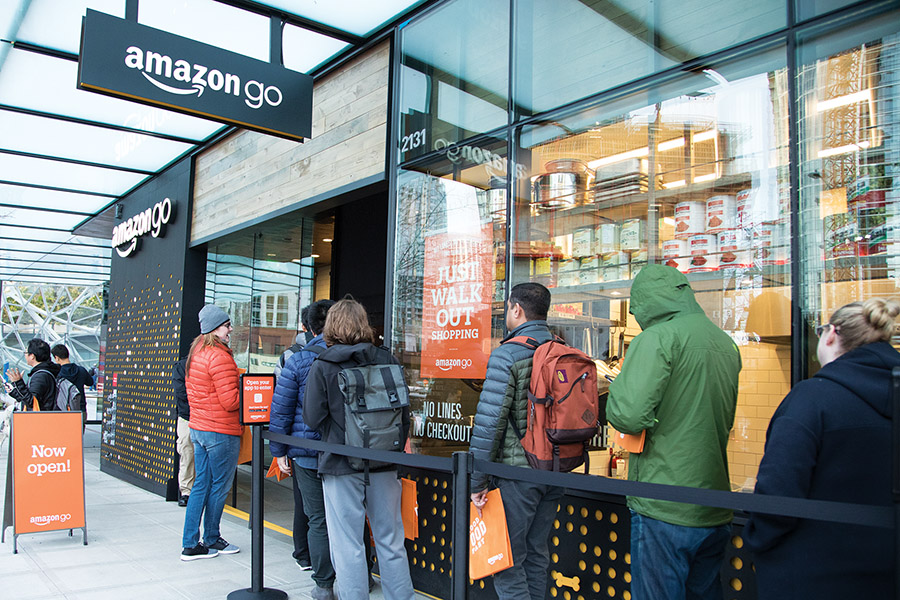
Omnichannel retailing: the gold standard
Omnichannel retailing has become the gold standard for success in the retail environment – providing a seamless, continuous customer experience across any device or location.
Like many other retailers, beauty giant Mecca has a successful omnichannel model. Its business model is experience-based – reinvesting 4% of profit into staff training to drive in-store sales, while the less-profitable online platform is generally utilised by customers for product replacement.
Soaring grocery e-commerce: costly for retailers
Grocery e-commerce soared in the second week of March, after shoppers looked for goods online that were unavailable in store. This caused major supermarket retailers Coles and Woolworths to temporarily cancel their online ordering processes as their portals became untenable.
In response, both groups suspended food-delivery and pick-up services from stores in March, while home-delivery services were re-prioritised to serve vulnerable customers.
Online sales have gradually been restored – but at a considerable cost with additional sales offset by lower profitability.
In general terms, there’s a higher cost around doing business. This is largely due to increases in wages, e-commerce and supply chain costs required to meet higher demand and to support safety and social distancing. Incremental costs have also been incurred for cleaning, security and safety equipment.
Woolworths Group
Woolworths’ core digital play, known as Woolies X, delivered solid sales in the quarter ($461 million in Q3 FY’20 vs $368 million in Q3 FY’19); however, growth was below recent levels (26.5% in Q3 FY’20 vs. 34.7% in Q3 FY’19) due to material capacity constraints in March and higher incremental operating costs.
Digital traffic more than doubled in March to 38 million visits, with active app usage increasing to 1.2 million users.
Customers increasingly started their shopping journeys online and used the website and app as a source of information for their goods and everyday needs. The ‘researched online, bought in store’ (ROBIS) metric was at a record high.
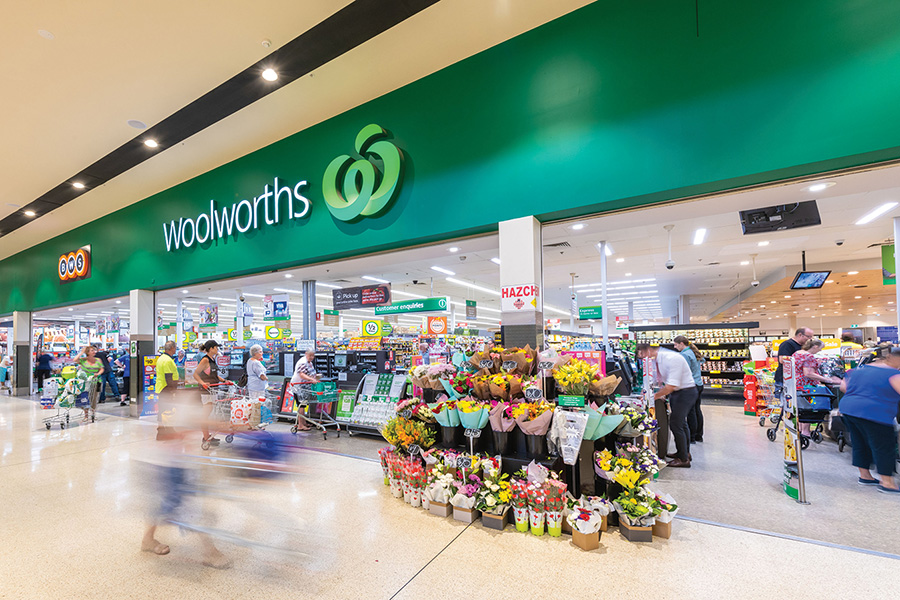
Looking forward to Q4 FY’20, several ‘temporary’ costs are expected to continue for the rest of the quarter; this includes costs associated with the employment of approximately 22,000 new team members that will continue to support safety and social distancing, additional warehouse capacity, scaling up online (particularly the expansion of Home Delivery) as well as ongoing security, cleaning and PPE costs.
Coles Group
While Coles’ online sales were suspended, Coles Online Priority Service (‘COPS’) was launched in late March with a focus on delivering groceries to Australia’s most vulnerable. As a result of this disruption and modified purpose, Coles online sales growth for the quarter slowed to 14%.
Pre COVID-19 Coles online penetration was tracking at roughly 4%. This was considered capacity; however, Coles has now doubled that capacity and there is certainly scope for more, albeit at a higher cost.
Coles Group managing director Steven Cain said: “The best home shopping business is one where a similar profit is made to in store, and the key to achieving that is better efficiency and over time this will be done. The other thing required is finding the right customers who are prepared to pay the delivery charges. If these two things can be done, then home shopping will be a profitable business in the future.”
Consumers still prefer to shop in-store
Even though innovations in e-commerce are important for the retail industry, most consumers still prefer to shop in-store, valuing the bricks-and-mortar experience. In 2019, data analysis company Blis revealed that 63% of Australians favour an in-store shopping experience over online, as part of a new study into consumer shopping habits. The Real Retail Story surveyed 805 Australian consumers and found that there is a strong preference for bricks-and-mortar stores across most categories, with most respondents stating that they’re willing to spend more in-store than online. With that said, the ability for certain online retailers to remain margin accretive throughout the COVID-19 pandemic will be something to watch.


